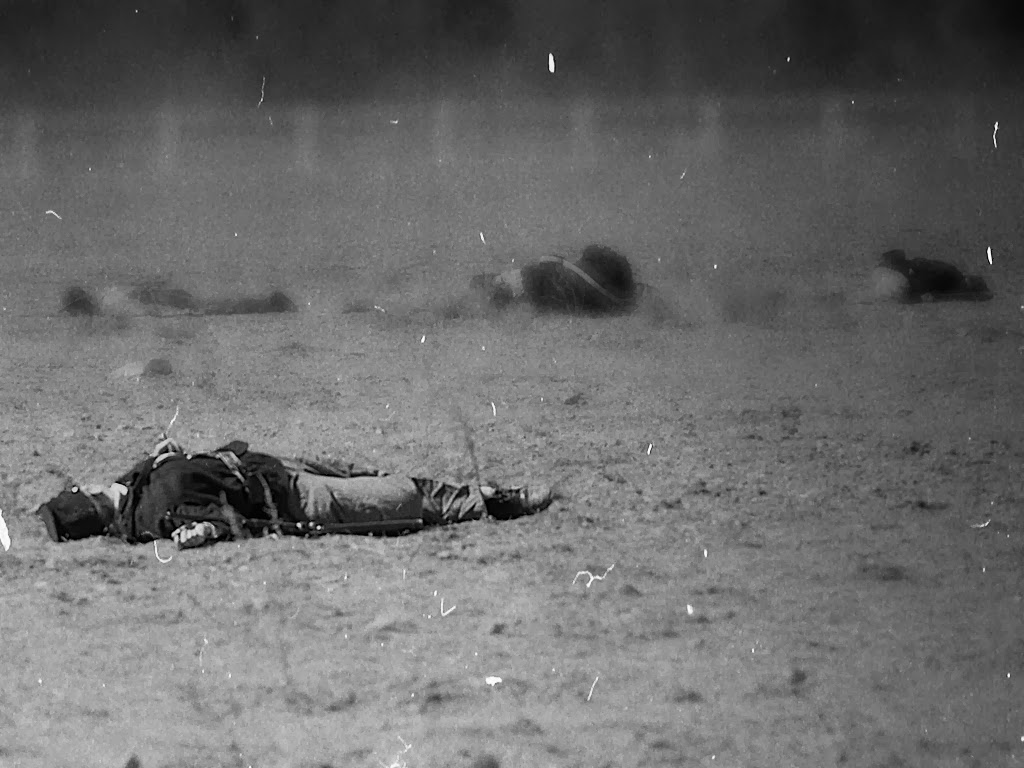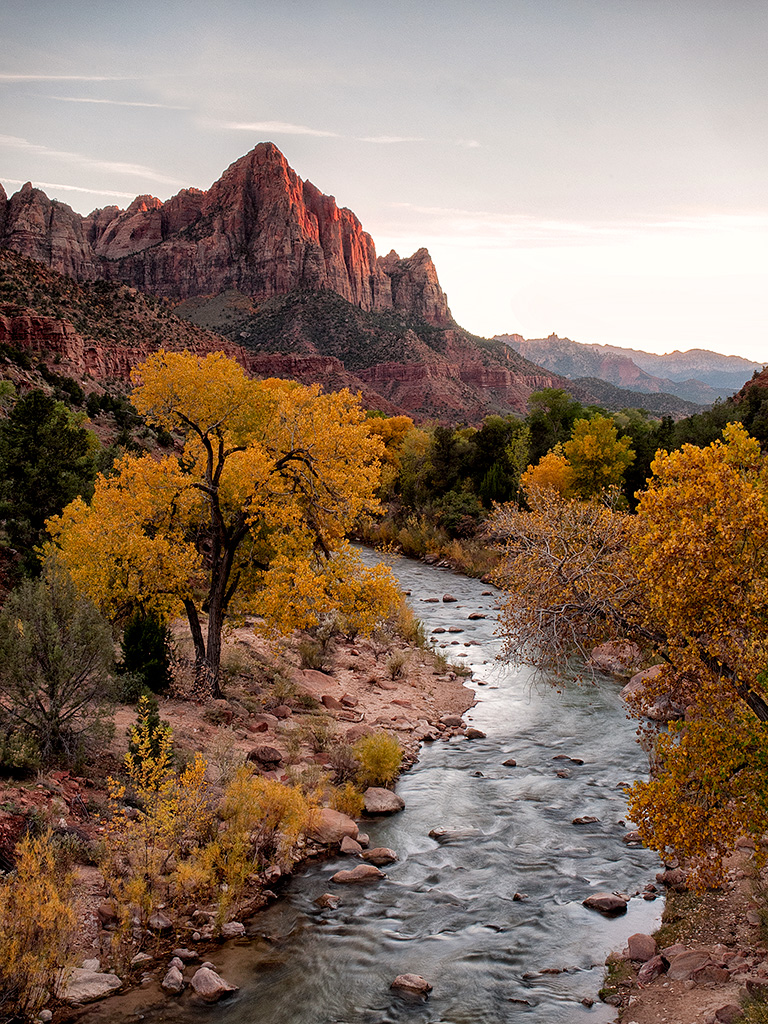Civil War Reenactment, Corona, California
"Neither current events nor history show that the majority rule, or ever did rule."
-Jefferson Davis
Tom's Farms in Corona, California hosted their inaugural American Civil War reenactment last weekend.
I've wanted to shoot one of these events for several years now, but because of this and that, the chance never manifested itself. There are several of these events held in SoCal, probably the largest one in Moorpark. Vista also has hosted these events in the past. These reenactments are produced by various groups and clubs for the sheer pleasure they provide for the participants. Many are history buffs, while others lay claim to sharing Union and Confederate blood coursing through their own veins.
The War Between the States was fought from 1861 through 1865. It was the bloodiest war America ever fought and the most soldiers we ever lost in one war. One estimate is 750,000 soldiers and an undetermined amount of civilian casualties. Neighbor against neighbor, family against family, brother against brother, and father against son were pitted opposite each other, some fighting for the North, others fighting for the South.
There are various categories of reenactments. There are the casual ones where attention to detail and authentic period pieces are not rigidly held to, to events insuring every bit of detail is checked to make sure they are authentic looking. Some are held where only the participants are invited, immersing themselves in the time, the manners, manner of speech and even the food eaten.
The one at Tom's Farms was fairly authentic, with authentic period clothing and uniforms, mannerisms and speech, although some participants were allowed a bit of laxness in their costumes due to the high expense these period pieces can command.
Fixing morning's victuals in the Confederate camp.
Two camps were set up, one North and one South. I found the Confederate camp to actually be more open and friendly than the Union camp. I can only attribute that to southern agrarian hospitality vs. northern industrialism.
Union marching band director.
It was a lot of fun walking around through the various sections of the two camps. Everyone pretty much played their roles and it was especially fun to listen to some of the southern gentlemen speak with a decidedly pronounced southern drawl.
Confederate canon battery.
This particular reenactment was of the Battle at Gettysburg. I went on Saturday, that day being the day the Confederates won. Sunday was the day that the Union won and ultimately defeated the South in this decisive battle.
Rebel troops mustered in the field before battle.
All firearms used in the reenactments are authentic in design as to what the armies used. The rifles are muzzle loaders (usually firing a .50 cal. minie ball) while the pistols fired predominantly percussion cap pistols and brass cartridge rounds in .44 caliber, of which this war introduced the modern brass cartridge. I don't know if these pistols could actually shoot live ammunition, but the rifles are capable of firing live rounds. Of course for the shows they use blank rounds.
Union canon battery behind earth works.
Union canon salvo.
What was real cool were the many smoke rings created by the canons. We all got a kick out of it, especially the kids in the audience. The large amounts of smoke is the product of black gunpowder that was used in their weapons at the time. Smokeless powder wasn't invented until after the Civil War.
This is the littlest Johnny Reb I saw that day.
The costumes and requisite accoutrements are very authentic looking as showcased here on this Union cavalry soldier.
The ultimate goal for attending the show was to shoot pics in order to transform them into the old photographs one sees of the Civil War. Using Photoshop magic, below is what I created:
Starting from this, it ultimately was transformed to this:
Most Civil War photographs were taken using tintype and Daguerreotype cameras. There was the wet plate method too, but because of the long exposure times needed in order to create a picture, it wasn't used as much in war settings due to the constantly moving action.
Confederate infantryman.
Rebel soldier.
Most photographs recorded during the Civil War came out black and white, but over the course of many years, some of these photographs degraded to brown and sepia tones, especially those that were not well protected against the elements.
Confederate drummer boy.
Drummer boys were used in western armies well into the late nineteenth century. Some were as young as twelve. Being a drummer boy was seen as being glamorous and highly prestigious. This drummer boy was in camp getting ready to call the soldiers to war.
Southern general mustering his troops before battle.
Cavalry skirmish. I really distressed this one in order to simulate an old and especially battered photo.
Battlefield strewn with Yankee and Rebel corpses.
All in all, it was a great day, I learned a lot about the Civil War, and enjoyed the opportunity of immersing myself in the day to day life of Civil War soldiers. The kids attending the show gobbled it up; beats sitting in a stuffy elementary classroom plopped down in front of an American History book.
If one has the time and the inclination, I would highly recommend attending a Civil War reenactment. To make it worth your while, get there early and stay a bit later after the battle scene. Wander around the camps, ask questions, and you'll be amazed at what you can learn and how fun it is to plunk yourself down into a moment of history long past.
Yours Truly,
-Mathew Brady Jr.
either current events nor history show that the majority rule, or ever did rule.
Jefferson Davis
Read more at http://www.brainyquote.com/quotes/authors/j/jefferson_davis.html#mMG79yfOAqMaF1vF.99
Jefferson Davis
Read more at http://www.brainyquote.com/quotes/authors/j/jefferson_davis.html#mMG79yfOAqMaF1vF.99
Neither current events nor history show that the majority rule, or ever did rule.
Jefferson Davis
Read more at http://www.brainyquote.com/quotes/authors/j/jefferson_davis.html#mMG79yfOAqMaF1vF.99Neither current events nor history show that the majority rule, or ever did rule.
Jefferson Davis
Jefferson Davis
Read more at http://www.brainyquote.com/quotes/authors/j/jefferson_davis.html#mMG79yfOAqMaF1vF.99Neither current events nor history show that the majority rule, or ever did rule.
Jefferson Davis
Neither current events nor history show that the majority rule, or ever did rule.
Read more at http://www.brainyquote.com/quotes/quotes/j/jeffersond134316.html#0TGAvPWd0GTK8w7C.99
Read more at http://www.brainyquote.com/quotes/quotes/j/jeffersond134316.html#0TGAvPWd0GTK8w7C.99
Neither current events nor history show that the majority rule, or ever did rule.
Read more at http://www.brainyquote.com/quotes/quotes/j/jeffersond134316.html#0TGAvPWd0GTK8w7C.99
Read more at http://www.brainyquote.com/quotes/quotes/j/jeffersond134316.html#0TGAvPWd0GTK8w7C.99
Neither current events nor history show that the majority rule, or ever did rule.
Read more at http://www.brainyquote.com/quotes/quotes/j/jeffersond134316.html#0TGAvPWd0GTK8w7C.99
Read more at http://www.brainyquote.com/quotes/quotes/j/jeffersond134316.html#0TGAvPWd0GTK8w7C.99
Neither current events nor history show that the majority rule, or ever did rule.
Read more at http://www.brainyquote.com/quotes/quotes/j/jeffersond134316.html#0TGAvPWd0GTK8w7C.99
Read more at http://www.brainyquote.com/quotes/quotes/j/jeffersond134316.html#0TGAvPWd0GTK8w7C.99
Neither current events nor history show that the majority rule, or ever did rule.
Read more at http://www.brainyquote.com/quotes/quotes/j/jeffersond134316.html#0TGAvPWd0GTK8w7C.99
Read more at http://www.brainyquote.com/quotes/quotes/j/jeffersond134316.html#0TGAvPWd0GTK8w7C.99



















































